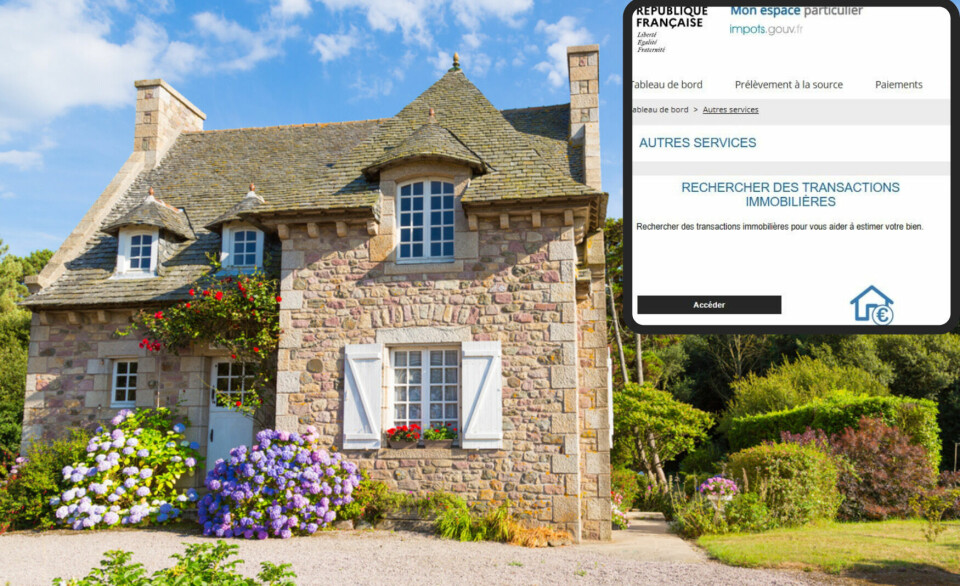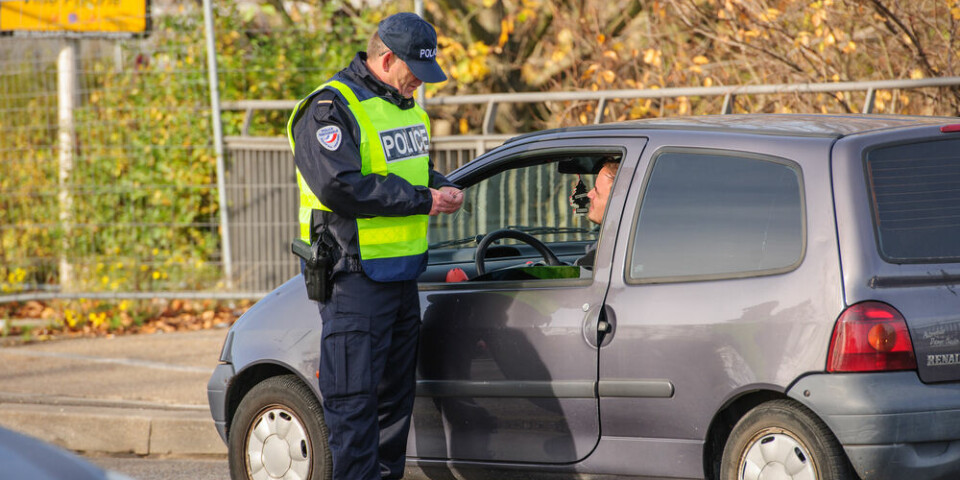France’s only free ski slope closes: Which other resorts are considered at risk?
A report has identified the most vulnerable stations in the face of climate change and lack of snow
The closure of two slopes has prompted renewed concerns about the future of some ski resorts in France
Peter Gudella/Shutterstock
Two ski slopes at a resort in France which had been the only ones open for free nationwide have shut down due to a lack of snow, prompting worries about the impact of climate change on other major resorts in future.
Two pistes at the Bourg d'Oueil ski resort (Haute-Garonne, Occitanie) had been open for skiing, but are now only available for sledging, due to a lack of snow.
The small station, which is two hours’ drive from Toulouse, had allowed people to ski for free on two pistes, between February 7-22. It was popular with 50 to 80 visitors per day, said the departmental station deputy director, Baptiste Rabasse, to Actu Toulouse.
“People seemed happy with the slopes on offer,” he said, especially as the ‘free’ offer was in sharp contrast with rising costs of ski passes at most other resorts.
Read also: The top 20 cheapest ski stations in France named in new study
Read more: Skiers risk a fine (and even criminal charges) for these offences in France
However, the slopes have now closed due to not having enough snow for the ski lifts to operate safely.
“Skiing is over in Bourg-d'Oueil for the time being,” said Mr Rabasse. “But everything is in place to be able to reopen if we get a nice surprise from the heavens in the next few days.”
Which other ski resorts are most at risk?
The closure of the slopes has prompted renewed concerns about the future of some ski resorts in France, as climate change continues to contribute to a lack of snow in many areas.
In 2024, la Cour des comptes (France’s supreme auditing court) published a report in which it classified 163 French ski stations by vulnerability to climate change and global warming, and their capacity to resist and/or adapt.
Overall, it found that between now and 2050, many resorts - particularly those in the southern Alps - will have to cease their ski lift operations, and either close for good, or shift their activities to other sports and attractions.
Unsurprisingly, the resorts at low and medium altitude are those most at-risk.
The size of the resort, the number of skiers it attracts, its exposure to the sun, the availability of tourist accommodation, and the ability of the local authority to invest in local infrastructure and activities are also factors.
The report classified the stations’ by their vulnerability to the effects of climate change, the socio-economic risk, the ‘public finance’ risk, and then gave each a ‘vulnerability score’.
“From the year 2000 onwards, the decline in skiing and the increasing unsuitability of the property assets of the resorts began to undermine the financial stability of the ski lifts and the local economy that partly depends on them,” the report states.
“A phenomenon accentuated by climate change…All ski resorts will be more or less affected by 2050. Only a few resorts can hope to continue operating beyond that date,” it predicted.
France is the world's second most popular winter tourist destination after the United States, and mountain tourism accounts for 22.4% of tourist overnight stays in France, the report said.
Most at-risk stations
The report found that the following resorts were the most at-risk (by region/area identified in the study):
Alpes du Sud, PACA
Alpes du Nord, Auvergne-Rhône-Alpes
East Pyrénées, Occitanie
Pyrénées Centrales, Occitanie
These resorts were found to be most at risk of not being able to operate their ski lifts for long enough in the season - or at all - without heavy investment from (and therefore becoming a burden on) public finances.
Least at-risk stations
In contrast, the stations least at risk were:
Alpes du Sud, PACA
Alpes du Nord, Auvergne-Rhône-Alpes
Chamonix-Mont-Blanc
Les Deux-Alpes
Les Ménuires
Tignes
Val-Thorens
Val-d'Isère
These stations are expected to be able to maintain their skiing activities beyond 2050 although they may face challenges if they receive more visitors than normal due to an influx of people from other resorts with less snow.
The full list of resorts and their classifications, can be seen at the end of the original Cour des comptes study here, or in a searchable list created by Le Monde newspaper here.





























